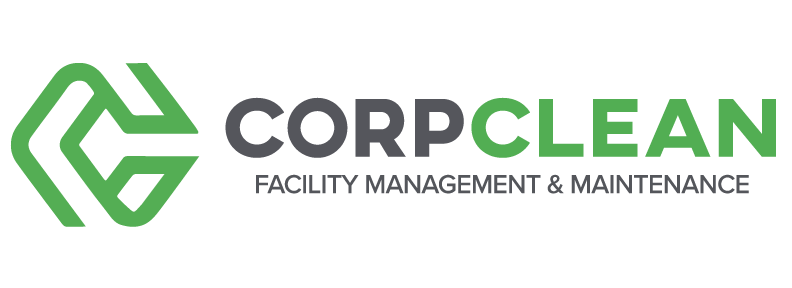Clean Windows Like a Pro
Follow our expert tips for getting sparkling clean windows with minimum effort.
Cleaning windows is one of those household chores that most of us would prefer to avoid. The task is time-consuming and can leave disappointing results if not done correctly.
At CorpClean, we wash a lot of windows. And we’ve learned a thing or two about getting glass sparklingly clean without wasted actions. So, if you don’t have the benefit of professional window cleaners, you can follow our do-it-yourself tips for saving time and getting great outcomes.
Begin with the right tools.
If you try washing windows with just a bottle of spray cleaner and a roll of paper towels, you’ll end up with smeary, streak-covered glass. Obtaining the best and quickest results requires using the proper tools.
A window scrubber allows you to clean the glass gently but thoroughly. Scrubbers come with cloth-covered strips on one end and long handles for reaching the tops of windows. Get the cloth end wet and rub it vigorously against the window to loosen the dirt. We like scrubbers that feature machine-washable microfiber sleeves because their water-retaining ability means fewer stops to re-wet the cloth.
After washing the window, use a rubber squeegee to remove the soapy water. It doesn’t matter whether you pull the squeegee from top to bottom or side to side. What is essential is removing all the moisture and avoiding streaking. So be sure to wipe the squeegee dry on a towel between each pass.
A razor blade will help you remove paint specks and sticky residue from windows. To avoid scratching the glass, wet the window first and clean the blade’s edge between spots. For other stubborn dirt, such as tree sap or bird droppings, try scrubbing the glass with a wet non-scratch scouring sponge.
Use the right cleaning solution.
You might be surprised to learn that you don’t need expensive cleaning solutions to wash your windows. Simply adding a few drops of dish-washing liquid to a bucket of warm water will do the trick.
Should you need to wash windows in the winter, add a cup or so of rubbing alcohol to your mixture to keep the water from freezing.
Using hot water seems sensible but is counterproductive. Hot water evaporates faster in warm weather and freezes quickly in cold temperatures.
Don’t forget the corners.
After squeegeeing, even experts will have excess water left in corners and along the bottom edges. When that moisture is left undried, water spots will form, leaving your just-cleaned windows looking neglected. This tip separates the amateurs from the pros: immediately dry any excess water around the window frame with a microfiber towel.
Why a microfiber towel? Microfiber absorbs water rather than pushing it around—resulting in less streaking. What’s more, microfiber does not leave lint behind on your newly cleaned windows the way paper products and cotton rags do.
Understand what causes streaking.
In our experience, streaks occur for two primary reasons. First, the cleaning solution dries on the glass. The squeegee step of the wash-and-dry process must happen before the moisture evaporates. That’s why pros clean one window at a time from start to finish. Resist the urge to scrub several windows before squeegeeing them.
The second cause of streaks is using a dirty or nonabsorbent towel. That’s another reason we recommend drying glass using microfiber towels.
Whenever possible, avoid window cleaning on hot, sunny days because direct sunlight dries water quickly. Cloudy skies create less glare and make streaks easier to see.
If you notice streaks after just cleaning a window, here’s a pro hack you can use: Buff them away gently with a clean chalkboard eraser.
Final suggestions.
If you’re like most people, you clean your windows a couple of times a year. It’s common between cleanings for rubber squeegee blades to crack or razor blade edges to dull. Be sure to check the condition of your tools before starting a window cleaning project.
If it has been a while since you cleaned your windows, you should first remove built-up dust and dirt. Applying a cleaning solution to a dirty window creates mud on the glass that requires extra time and effort to clean.
If you try washing windows with just a bottle of spray cleaner and a roll of paper towels, you’ll end up with smeary, streak-covered glass.

